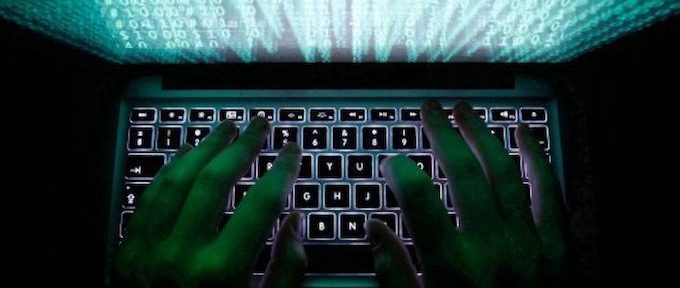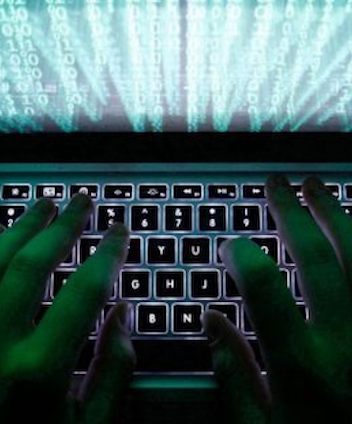WASHINGTON, DC. (THECOUNT) — The whistleblower complaint at the heart of Congress’ impeachment inquiry has “opened a window” into government computer systems that White House and other government employees use to share and manage classified information on a day-to-day basis, reports Snopes on Thursday.
According to the fact-checking website, the process is complicated. There are unclassified and classified systems that are not interconnected. Then there is still another where very sensitive information is stored — one that only a handful of officials can access.
|
Advertisement |
The follow is via Snopes:
Memos and documents created to recount and transcribe presidential calls with foreign leaders typically are classified as “secret,” one of the lowest levels of classified material. That makes sense because presidents aren’t usually in the habit of sharing “top secret” U.S. information with leaders of other nations.
This is exactly what happened with the information about President Donald Trump’s July 25 call with Ukrainian President Volodymyr Zelenskiy. The memorandum was classified as “secret,” and it was entered into a computerized system that stores other “secret” and “top secret” information.
But the whistleblower alleges that several White House officials became so concerned about the content of the call that they intervened to “lock down” all records of it. Especially, the whistleblower wrote, the word-for-word transcript of the call that was produced — as is customary — by the White House Situation Room.
“White House officials told me that they were ‘directed’ by White House lawyers to remove the electronic transcript from the computer system in which such transcripts are typically stored for coordination, finalization and distribution to Cabinet-level officials,” the whistleblower said in the complaint.
The whistleblower says the transcript was loaded into the system reserved for the most sensitive information, describing that as “an abuse of this electronic system because the call did not contain anything remotely sensitive from a national security perspective.”
Nate Jones, who served as director of counterterrorism at the National Security Council during the Obama administration, said the highly sensitive system has severe limitations on access.
“It is a very exclusive system,” said Jones, who founded Culper Partners, a consulting firm. He said the transfer of the transcript “didn’t happen by accident. Somebody had to do it.”
Steven Aftergood, who directs the Federation of American Scientists’ Project on Government Secrecy, said the concern is that placing the Zelenskiy call records on the more restricted server was an irregular practice that could be a prelude to record destruction.
“It also may have signaled an awareness of misconduct,” he said.
It’s not known when the information about the call was moved to the more highly classified system. Some intelligence officials have speculated that it’s possible that White House officials ordered it placed on the higher classified system as a way of preserving, not covering up, the record of the call.



